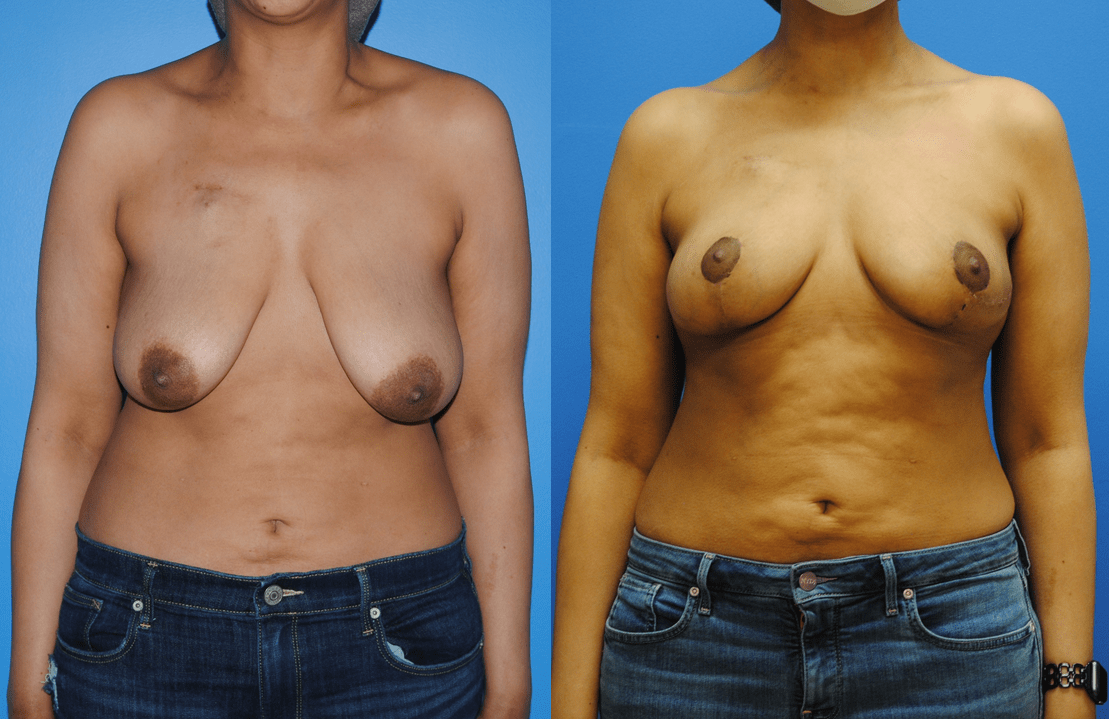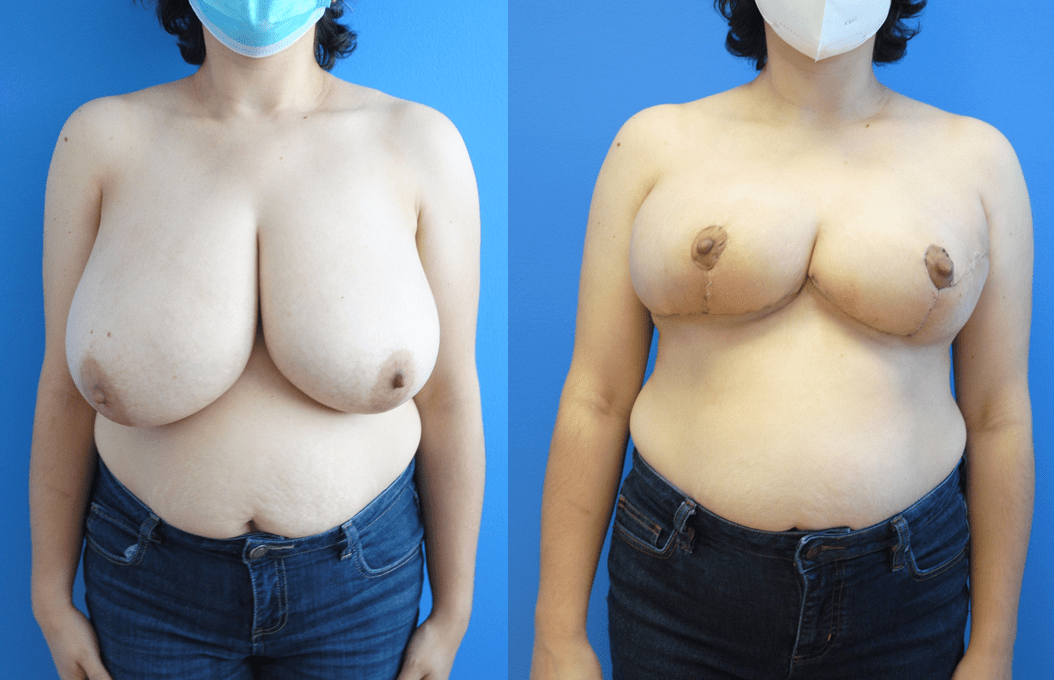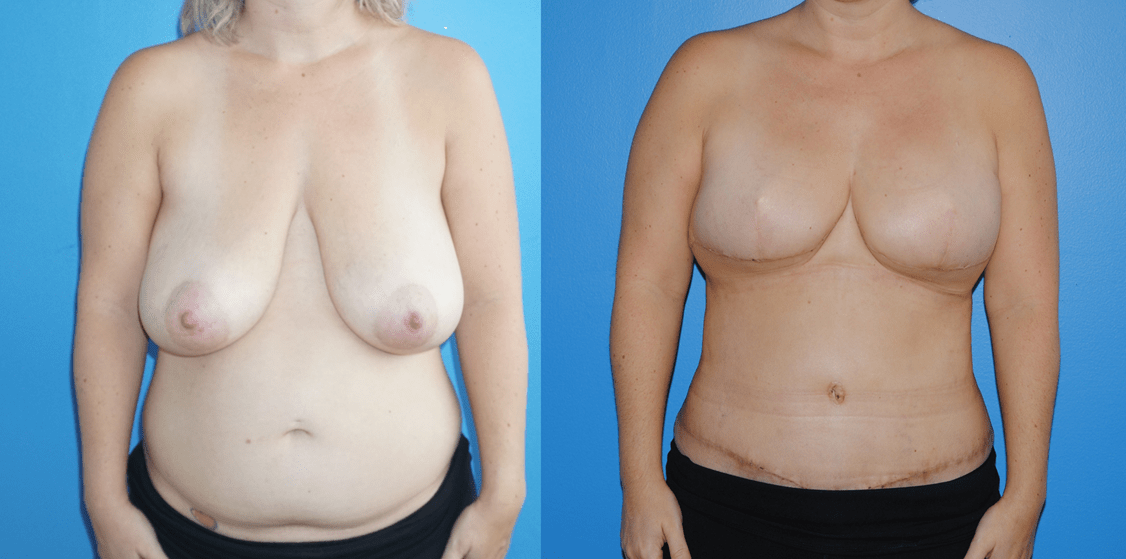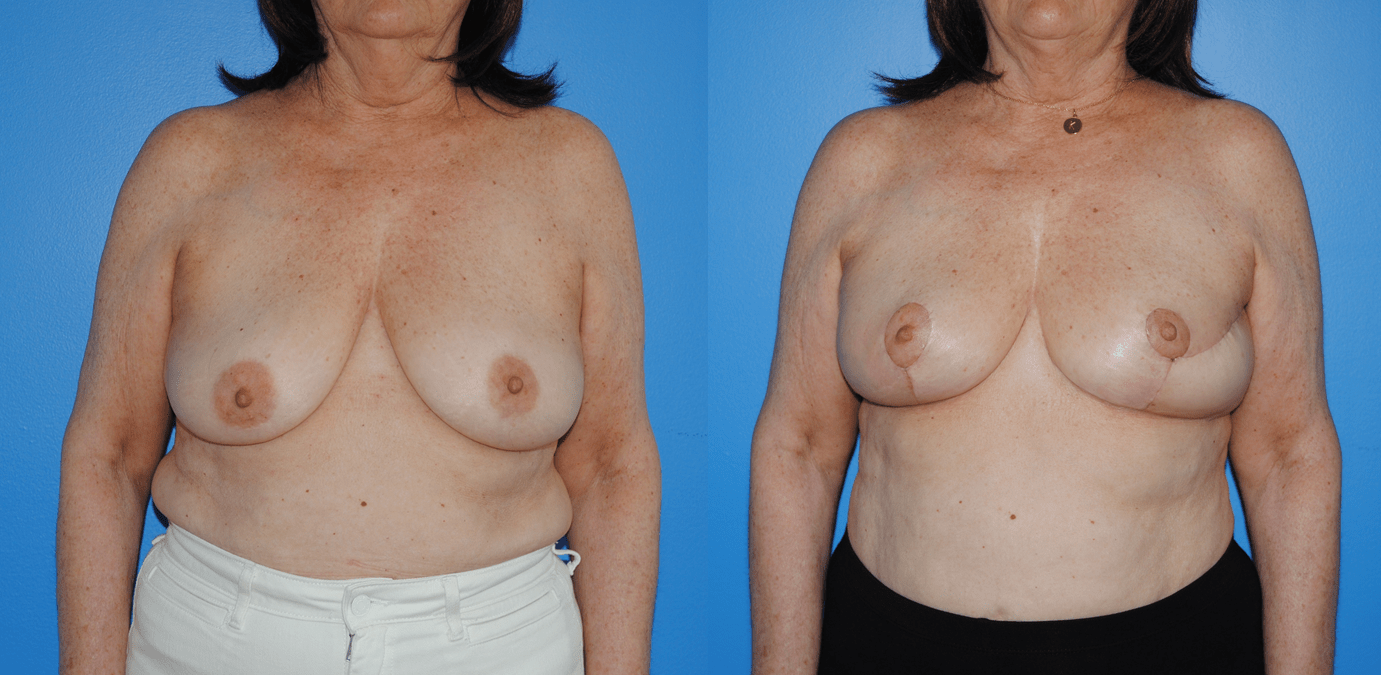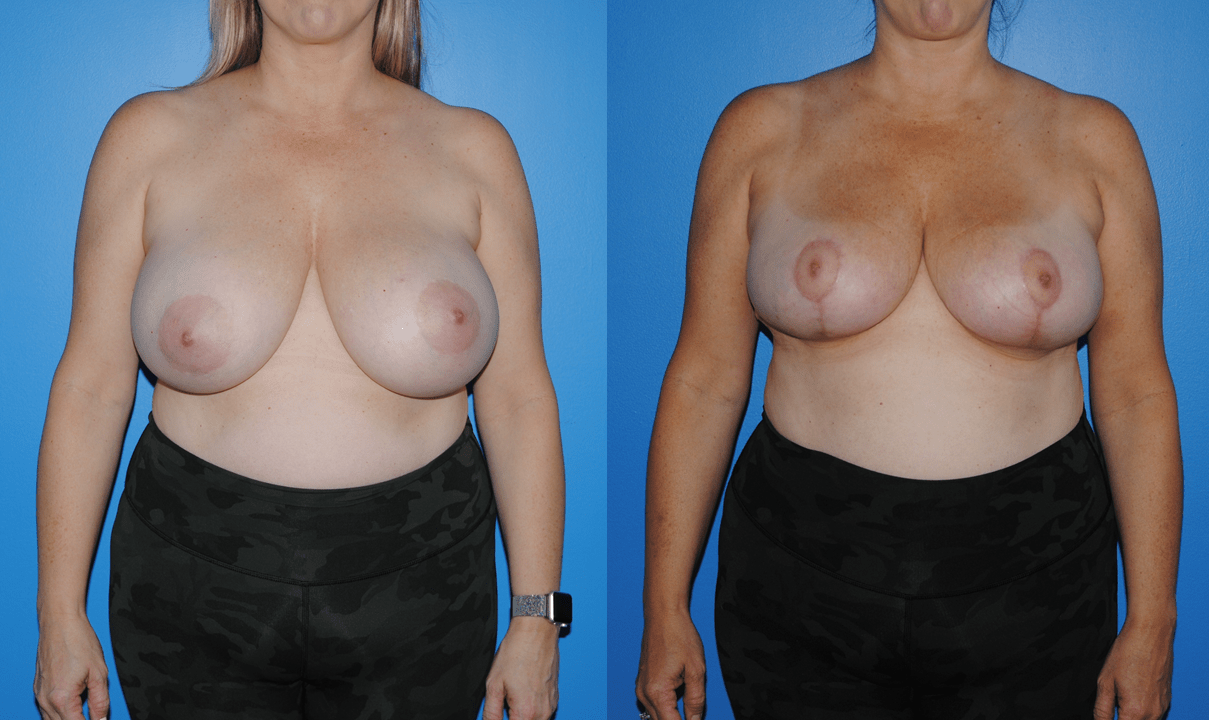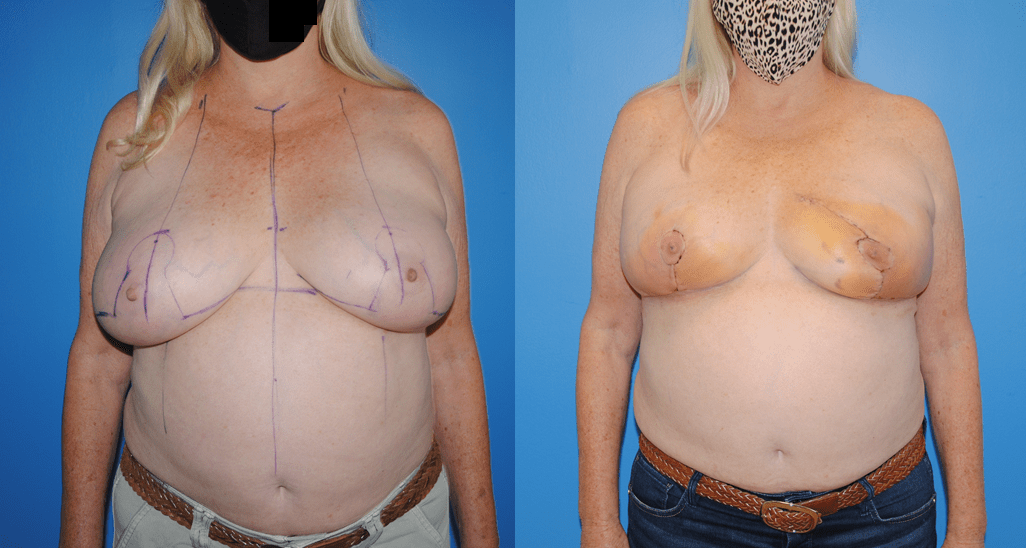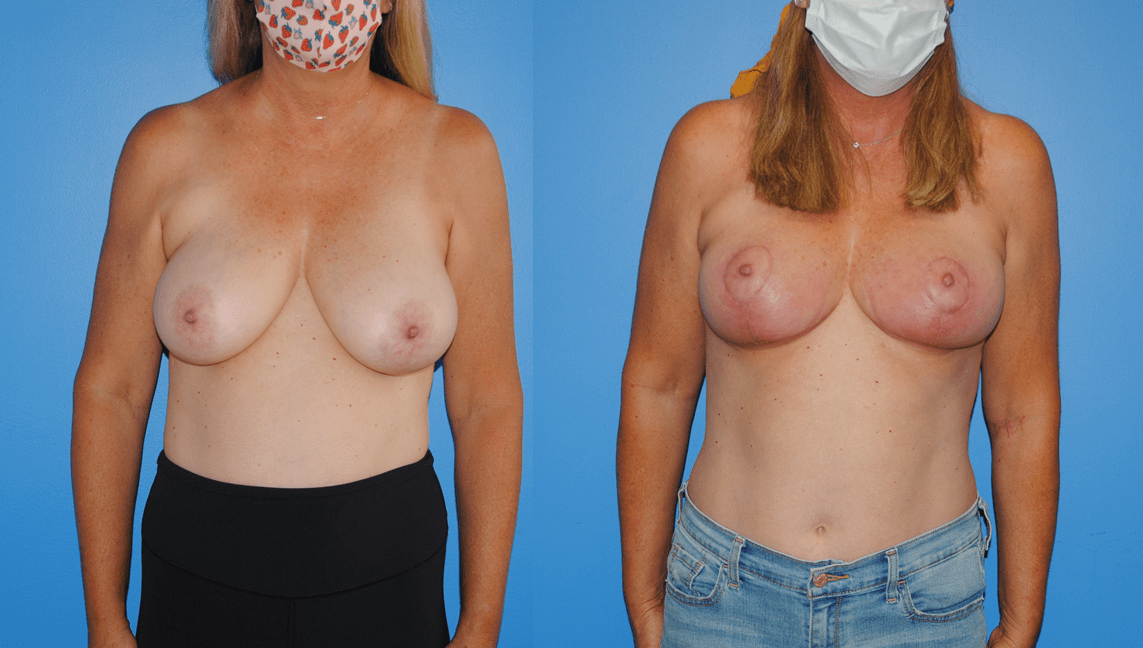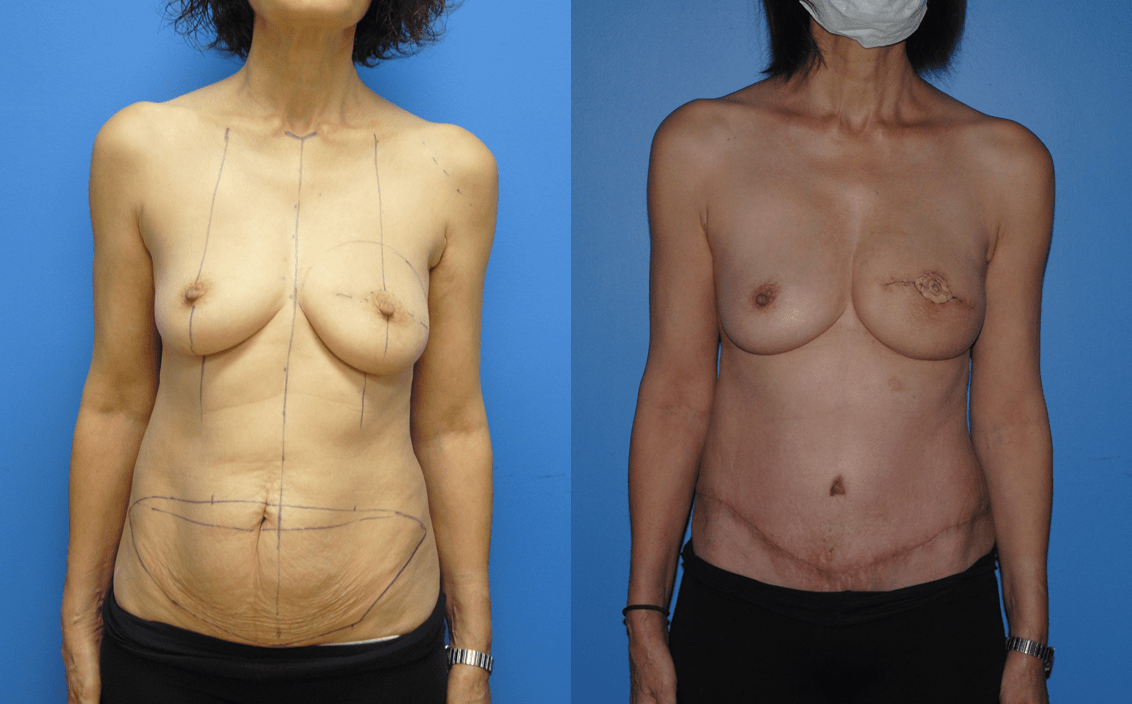Lumpectomy and radiation, either whole breast or intra-operative radiation therapy is an option for breast cancer treatment. Not only can oncoplastic reconstruction improve the appearance of the breast, it can also contour the breast to a more amenable shape and size for radiation therapy. When the breast is reconstructed into a smaller surface area, there is a smaller and more…
